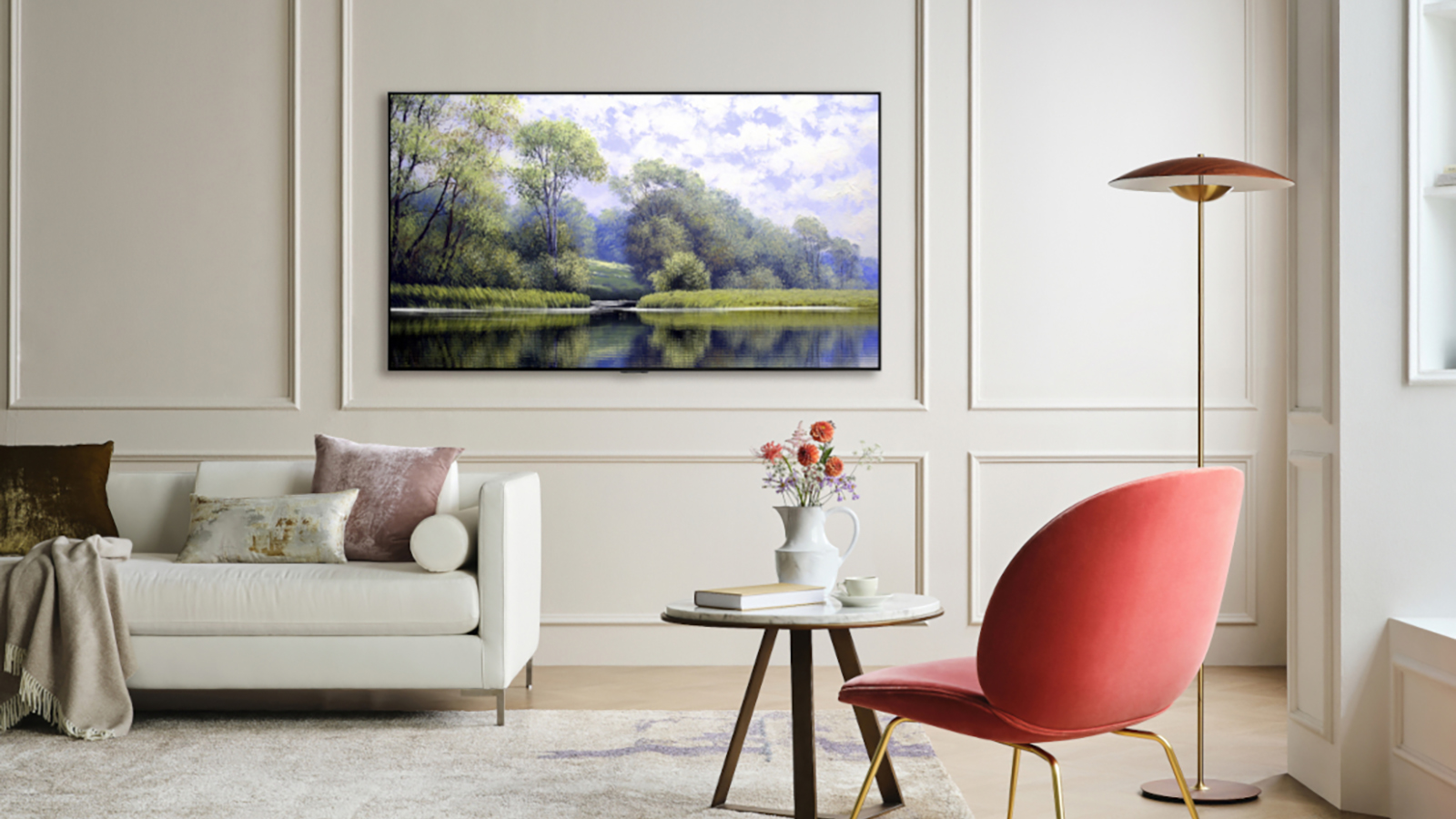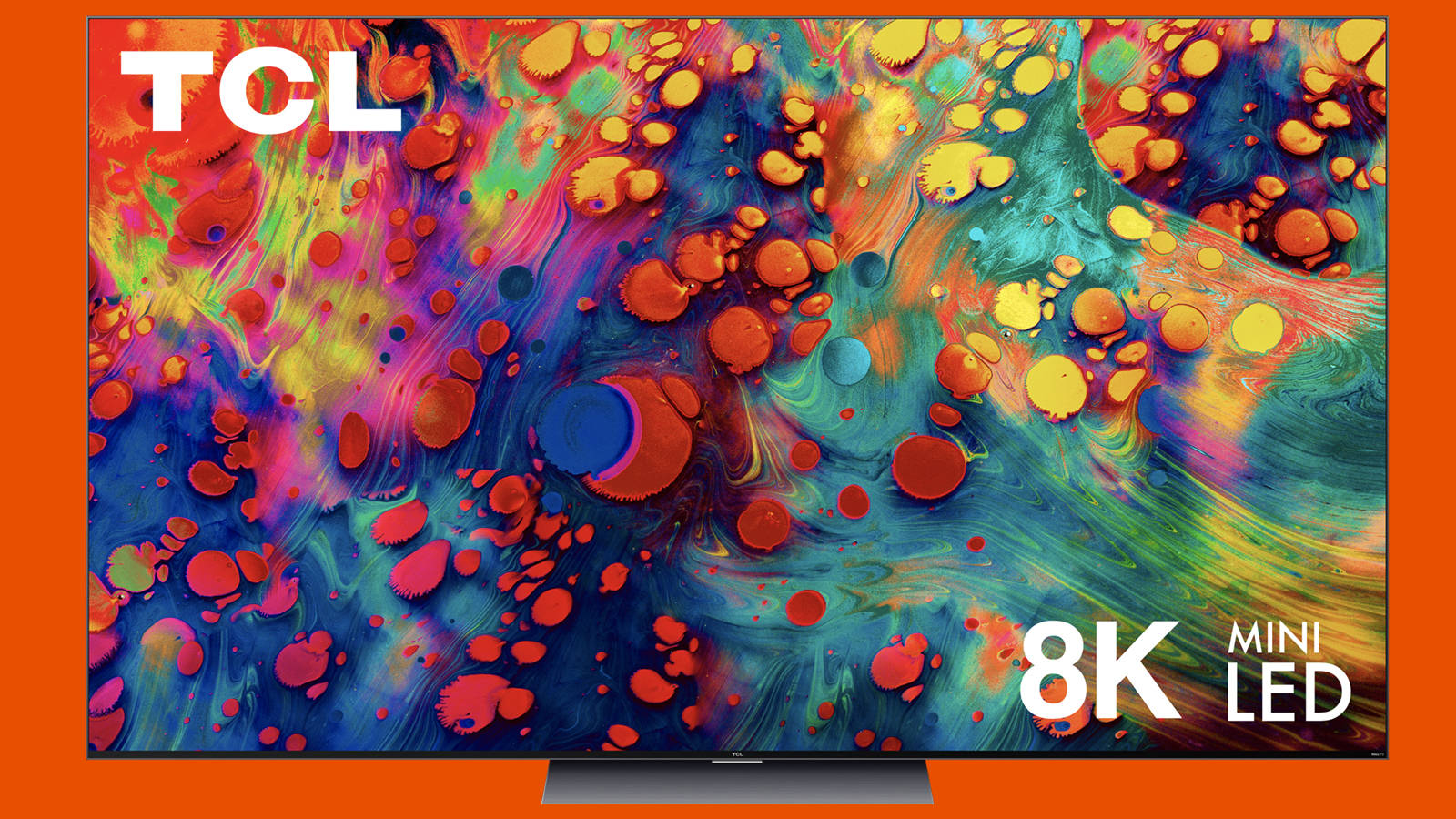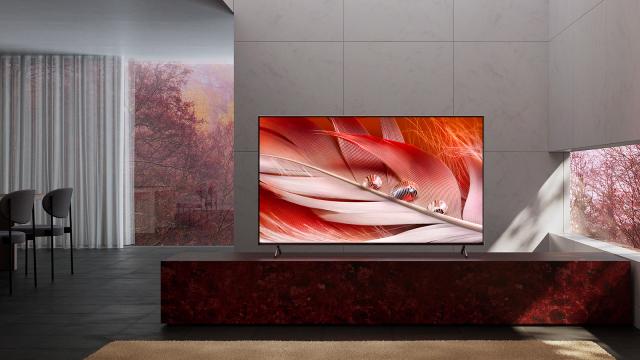On the one hand, picking a television set is a simple job: Get the most expensive one you can afford from a brand you like. On the other hand, there are so many types of screen technology and associated labels and acronyms that you’d be forgiven for feeling utterly overwhelmed by it all. Here’s your (relatively) straightforward guide to the TV tech you’ll be coming across in 2021.
As has been the case for a long time, reading up on reviews and even checking TV sets out in person is the best way of choosing a new model for yourself — better than trying to compare one spec against another on a product listing, anyway. That said, it can definitely help to know about some of the technology and jargon that manufacturers are going to be pushing your way.
The Basics

The key specs of a TV remain the same as ever: There’s the size of the screen, which is how massive the television will be when you get it home, and there’s the resolution, which is how many pixels are packed into the screen and how sharp it’s going to be. 4K is now the norm, with more 8K televisions this year (though the TVs remain prohibitively expensive on the whole).
Then you’ve got the two fundamentally different ways of putting an image on a TV screen, which you’ll see mentioned with smartphone screens too. There’s the superior but more expensive OLED (Organic Light-Emitting Diode), where each pixel of light is illuminated independently, up against the cheaper and still very good LCD (Liquid Crystal Display), which makes use of a backlight layer.
LCD has improved in recent years through the use of LEDs (Light-Emitting Diodes) in various configurations, enabling them to get closer to the sharp contrast and deep colours of OLED. LCD TVs are now often called LCD LED TVs, or even just LED TVs, which doesn’t make purchasing decisions very easy for consumers. These main two categories are now getting chopped into different subgroups as well, as manufacturers refine their tech and the differences between technology types get more fuzzy.
Don’t forget HDR, or High Dynamic Range, the ability of screens to balance colours so that the darkest and lightest spots are still full of detail. There are different types to think about here — HDR10, HDR10+, Dolby Vision, and others — but you can make your shopping life easier by finding out what standards your favourite content providers and set-top boxes offer and choosing a TV to match.
Mini-LED and Micro-LED

As mentioned above, TV tech is getting split up into more and more subcategories and variations on a theme, with manufacturers often following their own routes — making it more difficult to put brand against brand (as we’ve said, comparing sets in a store remains one of the best ways to choose one). With that in mind, we have the emergence of Mini-LED and Micro-LED, variations on LED (itself an evolution of LCD).
The problem with LCDs using LED backlights is that it doesn’t give much pixel-by-pixel illumination control. That means you are more likely to see halos of light around bright points on dark backgrounds. To tackle this, manufacturers began splitting the backlights into smaller zones, controlled individually, so that some parts of a screen could be a deeper black (or a brighter white) without affecting the rest of the display.
Mini-LED and the even smaller Micro-LED are further upgrades on this idea, making the size of the individual LEDs smaller and smaller, and thus enabling more control over the picture. You’ll see both in use on TV sets in 2021, depending on the manufacturer, though for now Micro-LED remains much less common and much more expensive (Samsung’s upcoming 110-inch model will cost a little over $US150,000 ($193,680), if you want to invest).
In theory, Micro-LED offers the benefits of LCD and OLED in a new package, and manufacturers should be able to get the technology more affordable and more practical over time; for the time being we’re all going to be buying sets built on the cheaper alternatives. This being the TV business, Micro-LED is being developed differently by different companies under different names: Sony calls it Crystal LED.
Add in Some Quantum Dots

If you saw much of CES 2021, you would’ve seen manufacturers showing off their own improvements on Mini-LED — LG QNED and Samsung QLED, for example, with the Q standing for ‘quantum dot’. Ultimately these are variations on the same LCD LED template we’ve seen before, but there’s an extra layer of these quantum dots that can further refine and process the colours shown on screen and the overall contrast of the image.
It’s the same pattern we’ve seen in TV tech across the years — a smart tweak to an existing technology to address some of its limitations, given a new name. One of the big advantages of QLED and QNED sets is the improved brightness, which is even capable of surpassing OLED in some cases (brightness and longevity are the potential drawbacks of OLED, though manufacturers are making improvements in that field too).
Samsung has been developing QLED for a while, with the latest incarnation being Neo QLED. As with many rebrandings like this, Neo just means new and improved: It refers to (quantum dot) LEDs that are smaller, more precise, less leaky in terms of light, and more responsive. The technology can also be better managed by the TV’s on-board software. In the end, it’s all about a better and better picture.
LG QNED, meanwhile, is the relative newcomer to the scene, though it incorporates an established LG tech called NanoCell. The N actually refers to nano: LG’s QNED sets cram in as many as 30,000 LEDs to act as a backlight, so you can see how far we’ve come from the original LCD TVs that used one backlight for the entire set. If you’re comparing TV sets with these types of enhanced Mini-LED technology, look for the number of LEDs that are mentioned, as well as the number of local dimming zones, if these details are listed.
Yet More TV Tech

If you find yourself confused by any TV spec you come across, a quick search for the official manufacturer page should give you some idea of what it is, amidst all the hyperbole. As we mentioned at the start, looking at specs isn’t as good as seeing a TV for yourself or reading a thorough review, but you can at least get an idea of what it is that manufacturers are trying to do, and why one set might cost more than another.
Televisions have processors — if you hadn’t noticed. Faster, more advanced, more expensive processors help TVs to manage all those millions of pixels better — changing colours more quickly, interpreting brightness and contrast more realistically and upscaling all your old content to 4K and 8K in a way that doesn’t look terrible (with a little AI help).
Sony, for example, just unveiled what it calls “cognitive processing” for its 2021 TVs: It makes use of special algorithms to figure out where your eyes are likely to be looking (actors’ faces are usually a good bet) and then enhances those parts of the picture. These are the sorts of little tweaks and improvements that manufacturers like to add year on year, though you might not necessarily miss them on sets that go without.
Those are the main considerations covered, though there’s plenty more to weigh up as extras — gamers will want to know about refresh rate and latency, while the on-board software and audio format support can be important too. It’s a good idea to consider the sort of content you want to push to your TV while you’re choosing one, and make sure the necessary features (from ATSC 3.0 to HDMI 2.1) are going to be supported.
